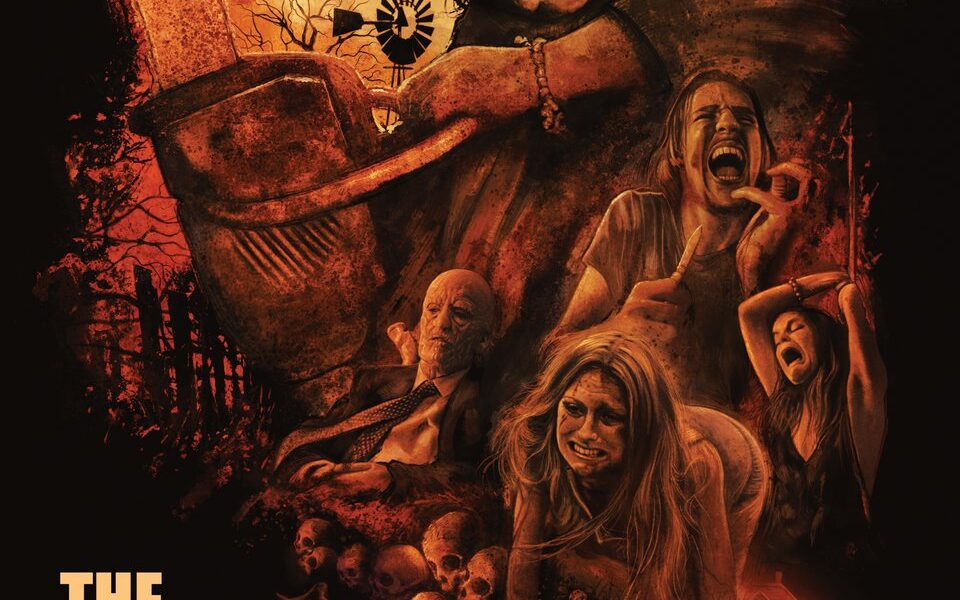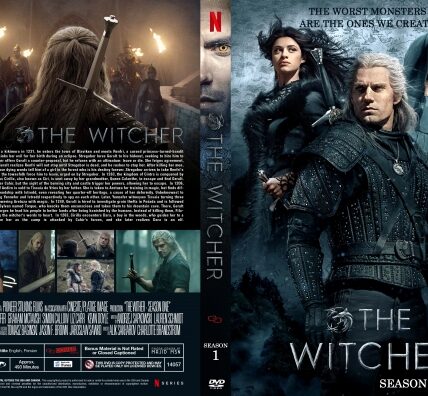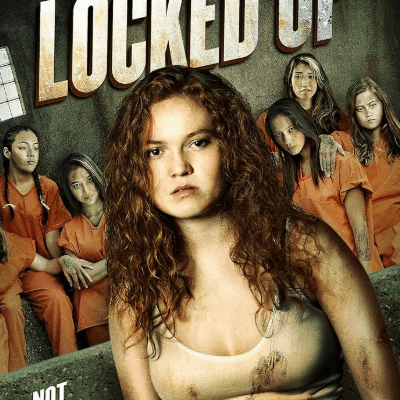Movie Overview
-
Title: The Texas Chain Saw Massacre (1974)
-
Release Date: 1974, with international expansion in 1975–76
-
Genre: American independent horror / Slasher
-
Director & Writer: Directed and co-written by Tobe Hooper, with Kim Henkel as co-writer and co-producer
-
Cast: Marilyn Burns (Sally Hardesty), Paul A. Partain (Franklin), Edwin Neal, Jim Siedow, Gunnar Hansen (Leatherface)
-
Where to Watch: Available to stream on platforms like Tubi (free with ads), Fandango at Home, and Peacock, among others
1. Plot Summary
On a road trip through rural Texas, five friends—Sally, Franklin, and three others—stop by an old family homestead, discovering they are not alone. They quickly fall prey to a cannibalistic family led by the eerie Leatherface. What begins as a visit becomes a gruesome night of relentless terror and psychological horror
2. Notable Elements
-
Documentary-style cinematography & raw realism: Shot in 16mm with minimal lighting, the film achieves a visceral, unsettling realism that heightens its terror
-
Iconic performance and shock factor: Gunnar Hansen’s depiction of Leatherface—calm yet monstrous—paired with one of Allen Danziger’s genuine, unscripted screams, adds chilling authenticity
-
Minimalist sound design: Hooper eschews traditional musical scoring in key moments, replacing it with sound effects and silence, which increases the pervasive dread .
3. Themes & Messages
-
Collapse of societal order: The film critiques the erosion of civilization, revealing the horrifying consequences when law and compassion disintegrate .
-
Grotesque satire of consumption: Leatherface’s family is tied to the slaughterhouse, and they repurpose human flesh into domestic objects, a brutal commentary on violent consumerism
Advertisement -
“Final girl” endurance: Sally’s survival becomes a symbol of perseverance, trauma, and the instinct to survive in an unrelenting nightmare.
4. Personal Impressions
Strengths:
-
The film’s oppressive atmosphere and raw intensity make it one of the most disturbing and enduring horror films ever made.
-
Subversive effectiveness—how it implies more terror through suggestion and sound than explicit gore—is masterful.
Weaknesses:
-
Sparse character development may leave viewers wanting more emotional depth beyond survival.
-
The relentless bleakness provides little comfort or narrative catharsis—but that is fundamental to its power.
5. Audience Recommendations
Best for:
-
Fans of gritty, psychological horror and vintage slasher cinema.
-
Viewers with appreciation for horror that prioritizes tone, atmosphere, and dread over effects or gore.
-
Anyone studying the roots of modern horror and slasher conventions.
But skip if:
-
You prefer horror with explicit gore or clear moral resolutions.
-
You need deep character arcs or comforting closure—this film offers neither.
6. Conclusion & Rating
The Texas Chain Saw Massacre stands as a seminal work in horror filmmaking. Its low-budget ingenuity, relentless pacing, and stark realism shaped the genre and left an indelible mark on cinema.
Final Recommendation: Essential viewing for serious horror fans and genre historians alike.
⭐ 4.5/5




